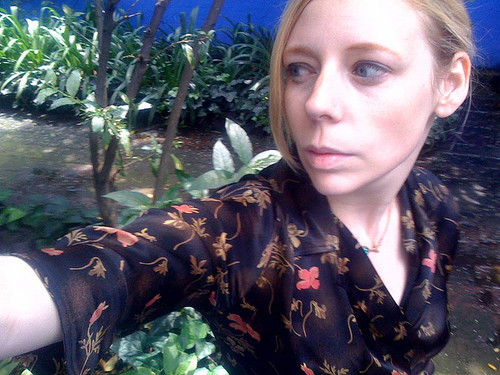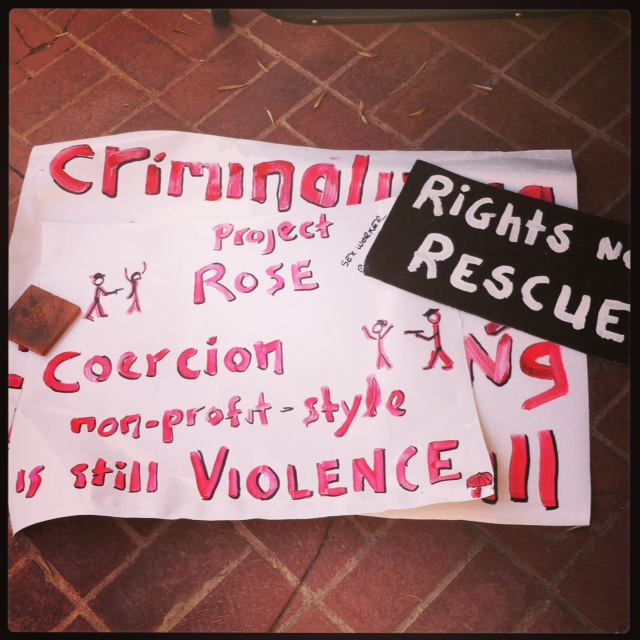In the early aughts when I was a novice escort and On Our Backs was still being published, I was wowed by Melissa Gira Grant, an internet porn-making, geeky, theory-spouting phenom, even managing to be friends with her despite the fact that she was an Anais Nïn devotee. Over the years I’ve kept in touch… Continue reading Activist Spotlight: Melissa Gira Grant on Playing The Whore and Policing the Policers, Part One
Category: Interviews
Emotional Truth: Cheyenne Picardo, Director of Remedy
Cheyenne Picardo wrote and directed Remedy, a film based on her experiences as a professional switch that is currently making the rounds at film festivals internationally. Her movie is an unflinching look at what it’s like to work in a Manhattan ‘house dungeon,’ in which dommes, subs, and switches work shifts for the owner, who… Continue reading Emotional Truth: Cheyenne Picardo, Director of Remedy
Tits and Sass: Interview with Monica Jones
Tune in here on Tuesday, February 4th at 5:30 p.m. EST/2:30 p.m. PST for our interview with Monica Jones. Watch the archived interview below! The sound quality improves as it goes on, Bubbles had a learning curve in audio engineering. Beside Monica is Jaclyn Moskal-Dairman of SWOP-Phoenix, present at Monica’s request. You can read Caty’s… Continue reading Tits and Sass: Interview with Monica Jones
Tune In Tuesday at 5:30 p.m. For Our Live Interview With Monica Jones
For Immediate Release; interview to take place Tuesday February 4th 2014 at 5:30 p.m. Tits and Sass to livestream interview with Phoenix sex work activist Monica Jones, currently facing charges of “manifesting prostitution” during protests of The Phoenix PD’s Project ROSE sweeps In May 2013, a sex workers’ rights activist and Arizona State University social… Continue reading Tune In Tuesday at 5:30 p.m. For Our Live Interview With Monica Jones
Reporting on ROSE: A Journalist’s Work In Phoenix
We often have cause to complain about media coverage of sex work, but we haven’t had occasion to talk about how good stories can be edited into inadequate ones as they travel from reporter to final outlet. The fate of Jordan Flaherty‘s story about Project ROSE (Reaching Out to the Sexually Exploited) is a great… Continue reading Reporting on ROSE: A Journalist’s Work In Phoenix



